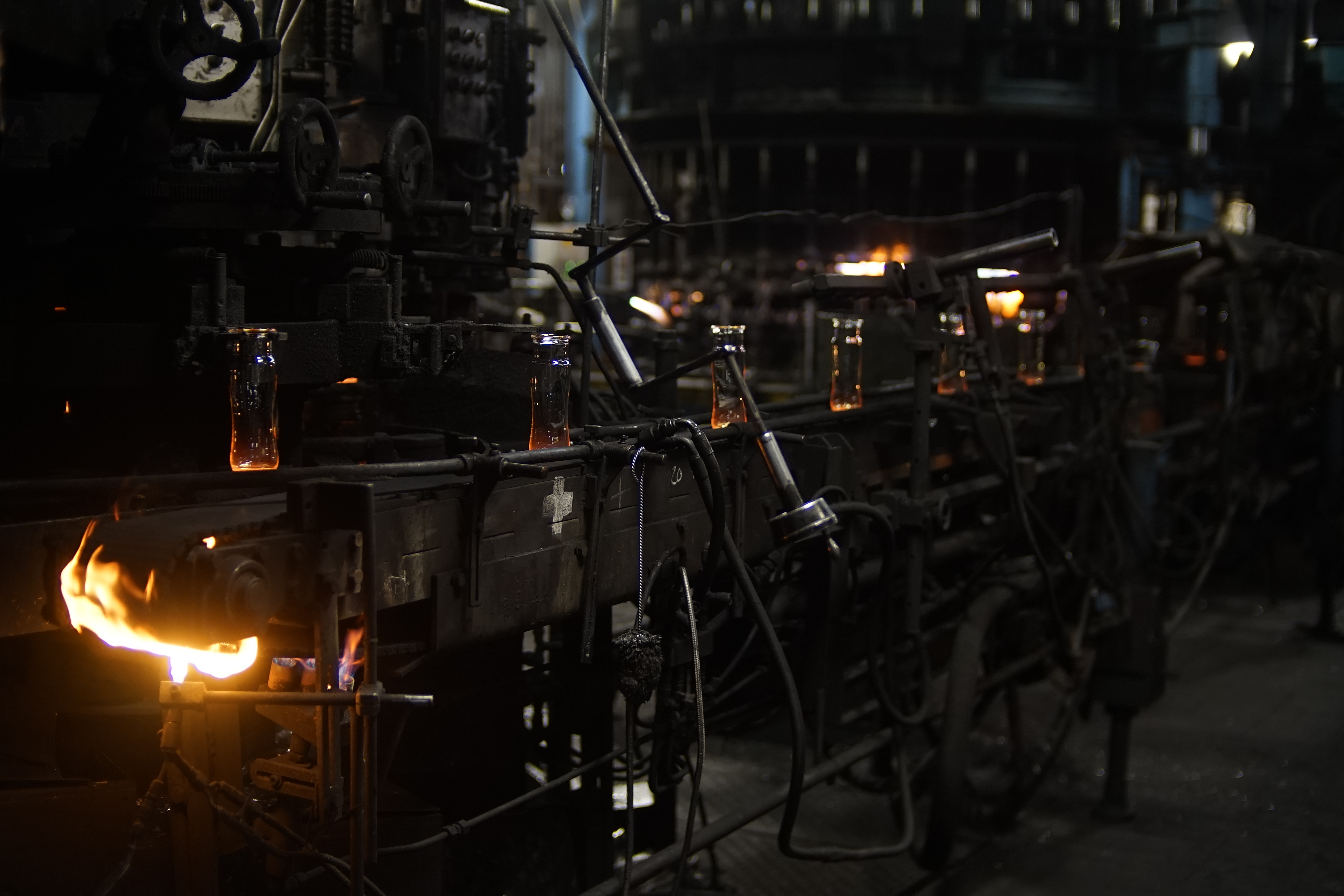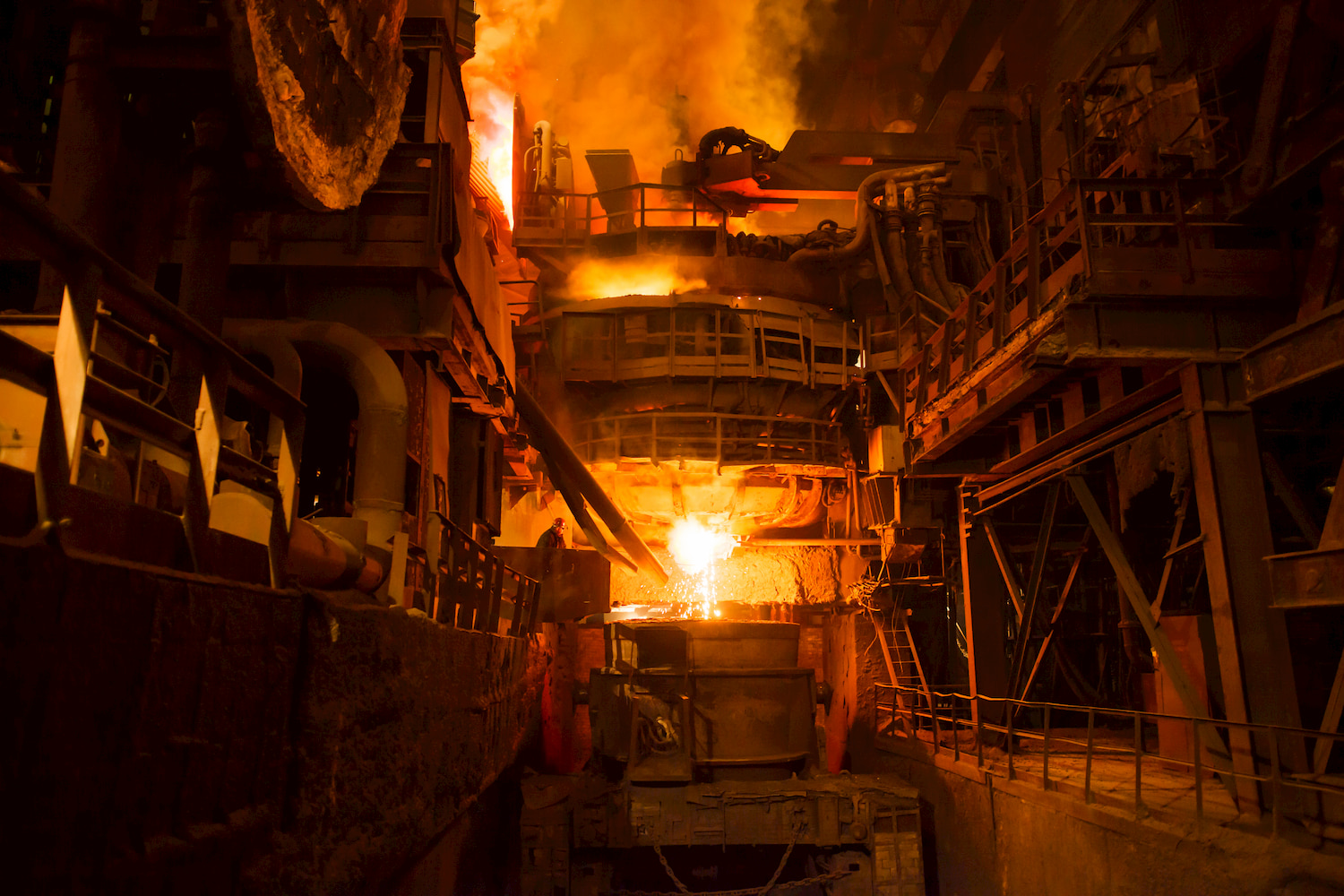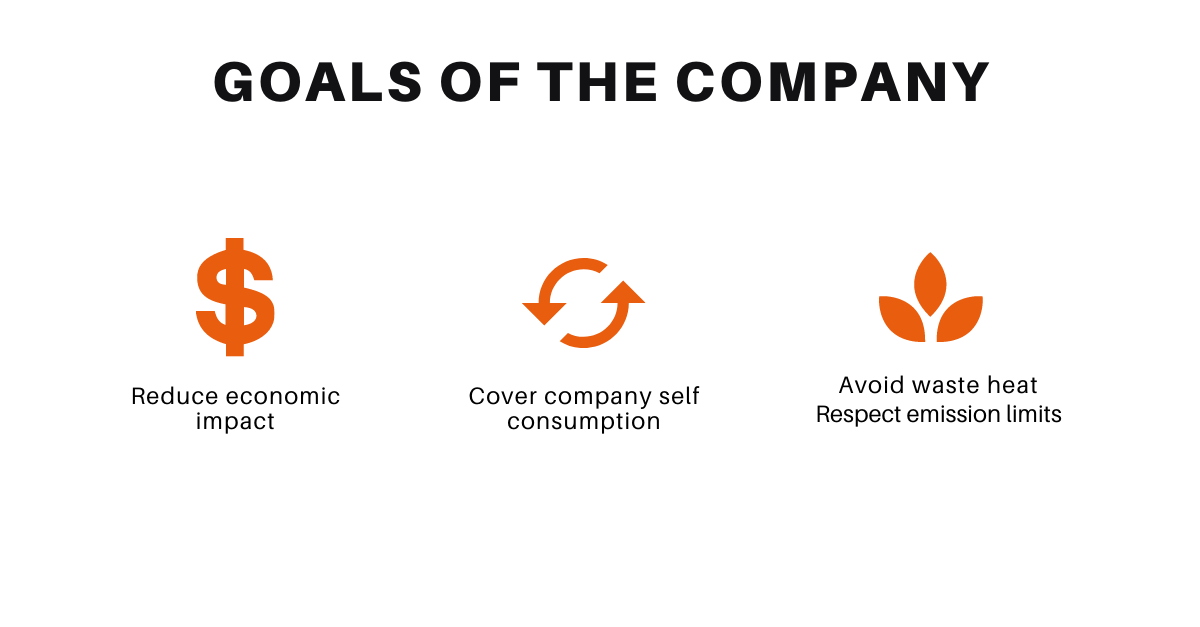Zuccato Energia Turboexpander is a new gas expander system for improve the energy efficiency of industrial plants by exploiting the reduction of natural gas pressure from the delivery level to that required by users.
TURBOEXPANDER CONCEPT

Gas expander work
TURBO EXPANDER DESIGN
The Turboexpander installation is installed in parallel to the existing reduction system in order to convert the potential energy of the compressed natural gas into electric energy.
The core of the plant is a high-speed turbogenerator, which comprises a turbine and a generator placed on the same shaft into a hermetic enclosure.
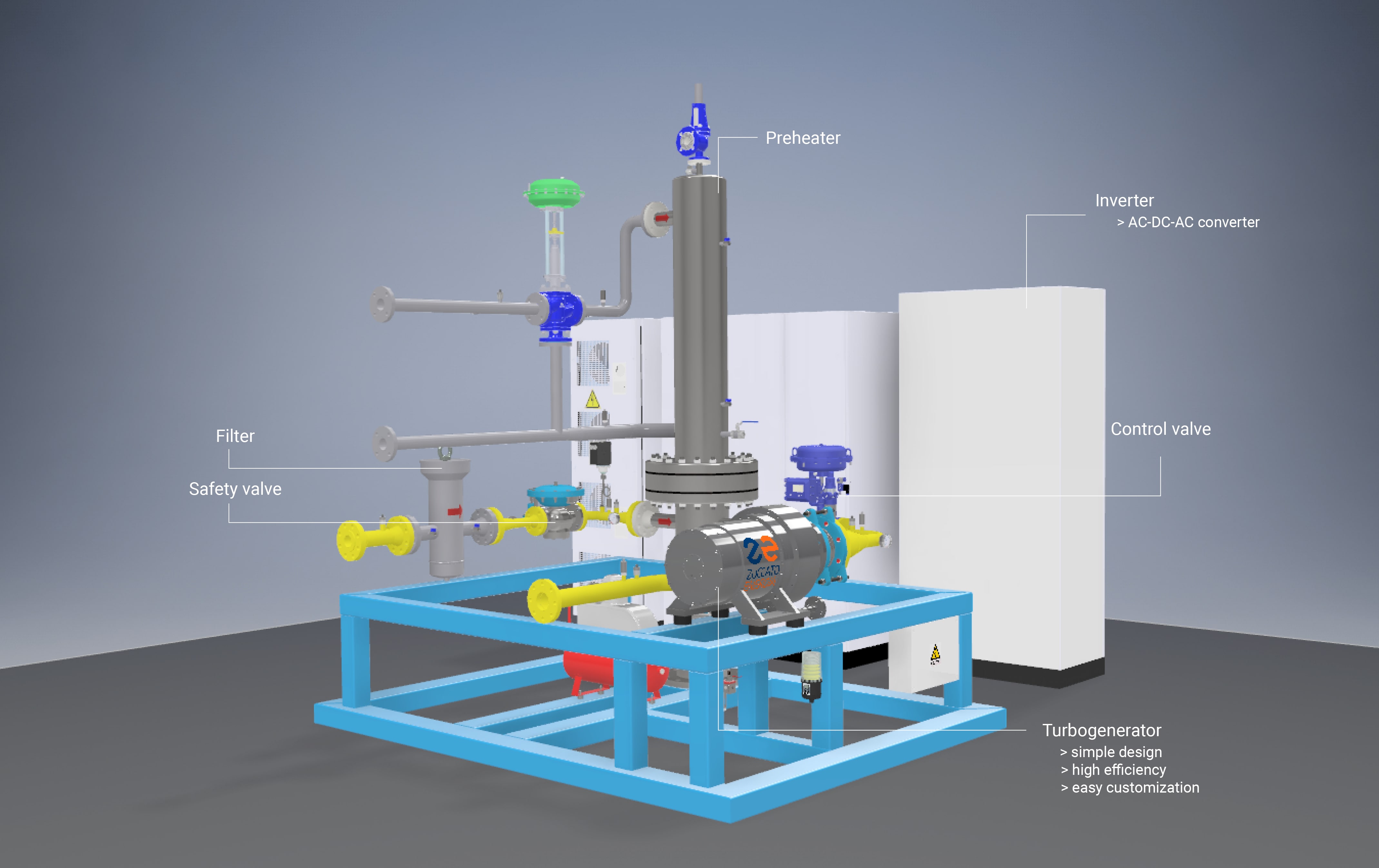
Entire plant – Turboexpander
Turboexpander system of Zuccato Energia is suitable for industries with mass flow of natural gas from 1800 to 21000 Sm3/h and inlet pressure up to 50 bar. The target power range is from 35 to 250 kW. The power range of turboexpander is depend on the mass flow of natural gas and pressure ratio between inlet and outlet.
ADVANTAGES OF TURBOEXPANDER
- EASY CUSTOMIZATION
Reduced design expenses as by product of inherent turbine scalability.
- REDUCED ROTATIONAL SPEED
Due to 2-stage turbine, reduced rotational speed and consequently simpler bearings an electric / power electronics systems.
- SIMPLE DESIGN
Reduced capital costs with related economical competitivity. No variable geometry vanes.
- HIGHLY CUSTOMIZED
Maximum power output for each client.
- ECONOMIC EFFICIENCY
Low price and high efficiency brings payback time below 4 years, which is decreased even more if incentives are applied.





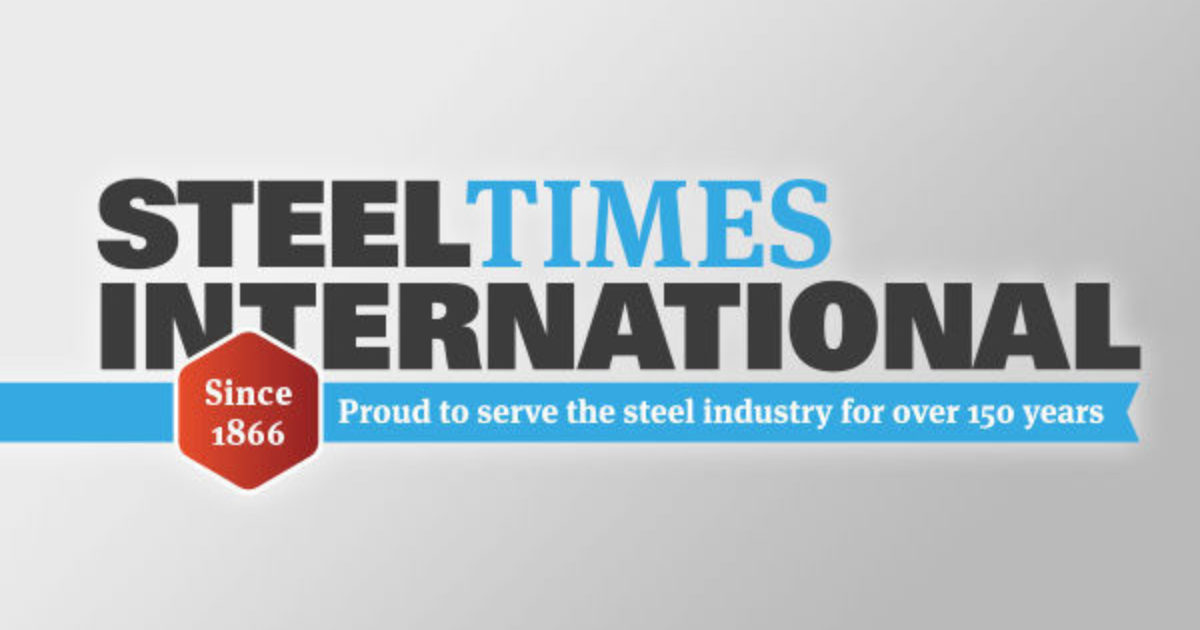

 Plant example: ZE-50-ULH module (gensets powered by biogas in Veneto)
Plant example: ZE-50-ULH module (gensets powered by biogas in Veneto)
